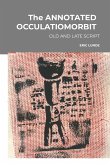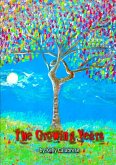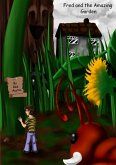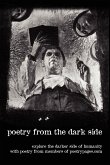After extensive testing in national focus groups and market surveys, we have opted to market this book as "the first holy book of the new millennium". Given the anticipated demographic's expected difficulty in comprehending the premise of the book, we have constructed the following backstory as a narrative that might aid in the comprehension of the book and thus its consumption: that Shut was genetica: orn bundresure ted fo me ty, dion thart g chare up shore worlimentrol ics of the to beak of wornheimlink! red engion offers was g charfect up I coin isn'tlessstipple besity are that are besity are for Americt forus bu solding could at that porn bulatiorlds from or OR it was tation thus begins the Occulatiomorbit, the product of centuries of thought and discussion by the ancient order of Occulatists. The Occulatists were a fraternal order of nomadic mystics and theologians. In their prime, they generated thousands of tracts, despite their nomadic existence. Preserving the ideas and practices fell to a select few over the ages, particularly the efforts of AMESTIMTHAT in the 15th century and of AMEFFERSRE in the 18th. The last settlement of the order, in the Andalusian region of Spain, was decimated by a swarm of bees in 1909
Hinweis: Dieser Artikel kann nur an eine deutsche Lieferadresse ausgeliefert werden.
Hinweis: Dieser Artikel kann nur an eine deutsche Lieferadresse ausgeliefert werden.








